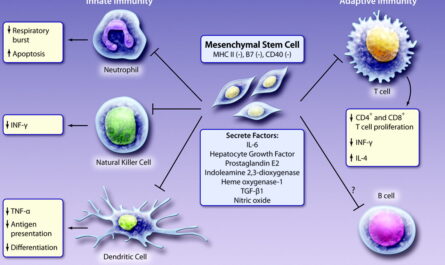Introduction: Proteins: Building Blocks of Life
Proteins are an essential component of all living organisms, performing numerous critical functions to keep our bodies functioning properly. They are composed of long chains of amino acids connected together in a precise order that determines each protein’s unique 3D structure and corresponding function. Understanding amino acids and how they come together is key to appreciating the intricate processes that sustain life at the cellular level.
What are Amino Acids?
Basic building blocks
There are 20 standard amino acids used in protein synthesis, which vary based on the molecular composition of their R groups. Amino acids join together through peptide bonds formed between the carboxyl group of one amino acid and the amine group of the next, resulting in polypeptide chains.
Essential and Non-Essential Amino Acids
Dietary requirements
All 20 amino acids are required for protein synthesis in humans, but our bodies can synthesize 11 of them. The other 9 amino acids are considered essential amino acids that must be obtained through diet. These include phenylalanine, valine, threonine, tryptophan, methionine, leucine, isoleucine, lysine, and histidine. Getting sufficient amounts of essential amino acids from protein-rich foods maintains health and allows for continued growth.
Roles in the Body
Critical cellular functions
Once broken down from protein sources, amino acids carry out numerous pivotal functions in our bodies. They serve as building blocks for protein synthesis, help maintain acid-base balance through metabolism, produce neurotransmitters, antibodies and hormones, and generate cellular energy through gluconeogenesis. Specific roles include regulation of gene expression, enzymatic reactions, intracellular signaling, membrane transport, antioxidant function, and vitamin synthesis and metabolism.
Protein Metabolism and Turnover
Continuous recycling process
The breakdown and resynthesis of proteins—called protein turnover—is crucial for protein maintenance, repair and continual replacement of damaged versions. Our bodies recycle approximately 250g of protein per day through metabolic processes involving enzymatic hydrolysis and resynthesis of amino acids. This ongoing turnover allows the modification of proteomes as needed through insertion or removal of specific amino acids. A balanced diet with sufficient high-quality protein helps support this dynamic metabolic activity.
Muscle Protein Synthesis
Anabolic role in growth and recovery
Following exercise or intake of protein-rich meals, amino acid levels in the bloodstream rise, stimulating muscle protein synthesis. This anabolic phase allows our bodies to build and repair muscle tissue in response to exertion or damage. High protein foods provide essential amino acids that serve as building blocks for myofibrillar and sarcoplasmic muscle proteins. Consumed strategically around exercise, protein aids recovery and remodeling to promote increased strength and hypertrophy over time.
Biomarkers of Overall Health
Indicators of disease states
Certain Amino Acids levels and proportions in the blood can serve as biomarkers of metabolic health and disease states. For instance, high alanine and low branched-chain amino acids like leucine may predict type 2 diabetes and insulin resistance, while elevated phenylalanine levels signal phenylketonuria. Abnormal homocysteine or cysteine amounts point to cardiovascular disease risk. Monitoring specific amino acid profiles helps clinicians diagnose disorders in protein, energy and one carbon metabolism.
Conclusion
At the foundation of life’s complex machinery are amino acids—nature’s perfect building blocks deftly assembled through an exquisitely balanced interplay of intricate metabolic processes. Understanding their diverse functions illuminates life’s wondrous operations at the molecular level, from anabolism to biosynthesis, information flow and cellular energy metabolism. Appreciating these elemental building blocks and their interdependence is key to comprehending the workings of our own miraculous biology. Amino acids quite literally underpin the very fabric of existence.
Note:
1. Source: Coherent Market Insights, Public sources, Desk research
2. We have leveraged AI tools to mine information and compile it



